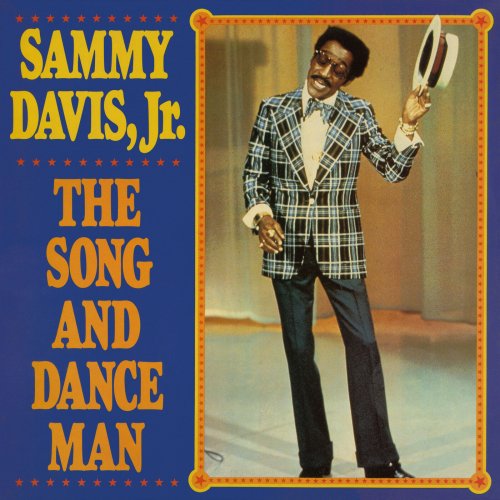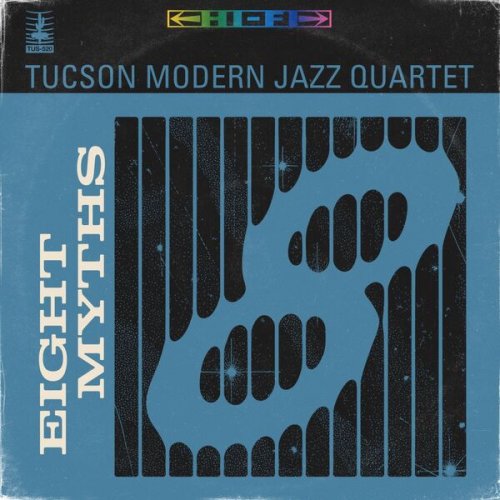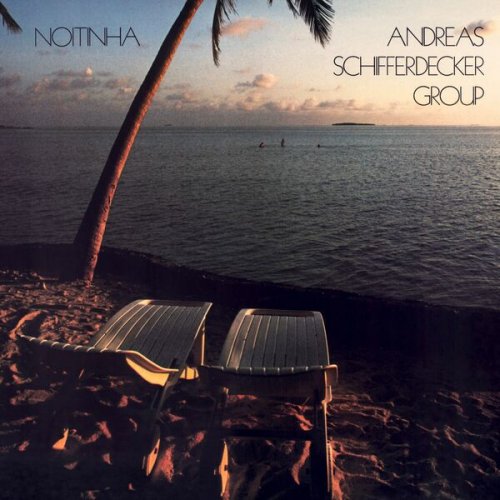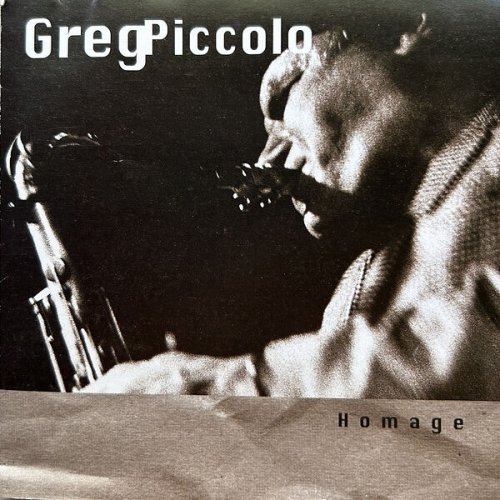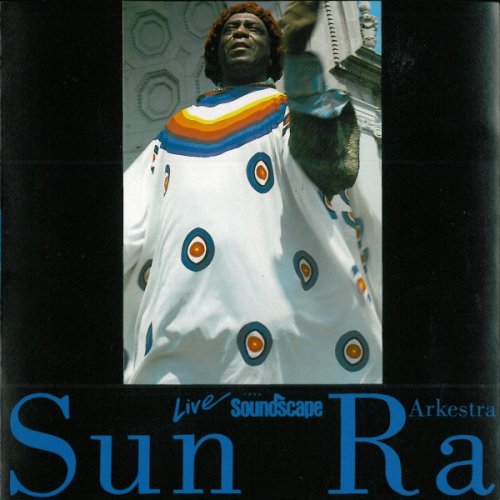Boots Mussulli - Little Man - Boots Mussulli Quartet Sessions 1954-1956 (2023)
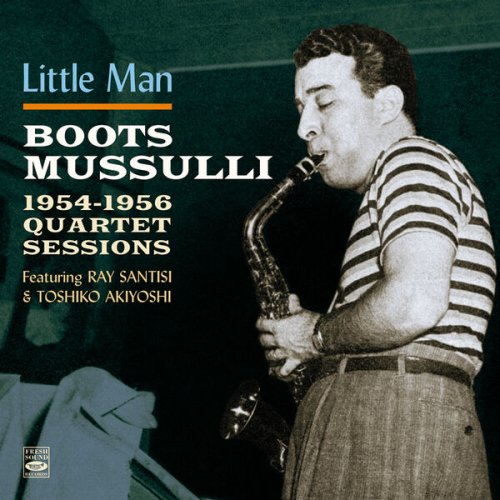
Artist: Boots Mussulli, Ray Santisi, Toshiko Akiyoshi, John Carter, Max Bennett, Wyatt Ruther, Peter Littman, Shelly Manne, Ed Thigpen
Title: Little Man - Boots Mussulli Quartet Sessions 1954-1956
Year Of Release: 2023
Label: Fresh Sound Records
Genre: Jazz
Quality: FLAC (tracks)
Total Time: 56:26
Total Size: 288 MB
WebSite: Album Preview
Tracklist:Title: Little Man - Boots Mussulli Quartet Sessions 1954-1956
Year Of Release: 2023
Label: Fresh Sound Records
Genre: Jazz
Quality: FLAC (tracks)
Total Time: 56:26
Total Size: 288 MB
WebSite: Album Preview
01. Little Man
02. Lullaby in Rhythm
03. Blues in the Night
04. Diga Diga Doo
05. Rubber Boots
06. Le Secret
07. Four Girls
08. El Morocco
09. Mutt and Jeff
10. You Stepped Out of a Dream
11. Tico Tico
12. Kelo
13. Salute to Shorty
14. I'll Remember April
15. Taking a Chance on Love
16. All the Things You Are
Henry W. “Boots” Mussulli (1915-1924) was a passionate and fervent alto saxophonist. He playedwith renowned orchestras such asMal Hallet and Teddy Powell before forming his own band, which lasted for about 7 or 8 years. DuringWorldWar II, he joined Gene Krupa’s band. In 1944, he became a member of Stan Kenton’s band, where his explosive and energetic solos became a signature and won the hearts of Kenton fans.Mussulli’s style underwent a transformation when he worked with Charlie Ventura in 1950, absorbing the influence of Charlie Parker.
The following years, Boots, the ‘LittleMan’ as he was also known, continued to thrive as a solo artist, captivating audiences with his emotionally charged performances at venues such as Boston’s Storyville. His vibrant and compelling tone has established him as a prominent figure in Boston’s jazz scene, alongside baritonist Serge Chaloff and trumpeter Herb Pomeroy, playing a vital role in the evolution ofmodern jazz in the city. Reflecting on his musical journey in 1954, Boots expressed, “I’ve never felt like I made a definite switch-over. Times change, and I like to evolvewith them. I strive to stay musically young and express my best ideas at every stage.”
In his 1954 recordings, Boots showcased original compositions and standards with a relaxed and effortless swing. His skill extended beyond the alto saxophone, as he also delivered pleasingly guttural tones on the baritone sax. These sessions featured the accomplished pianist Ray Santisi, accompanied by talented young musicians from Boston: bassist Jack Carter and drummer Peter Littman, who had been performing as a trio at the Stables. In a subsequent New York session, Santisi was joined by experienced musicians Max Bennett on bass and Shelly Manne on drums.
During the July 1956 recording with pianist Toshiko Akiyoshi, she praised Boots, saying, “He played so beautifully on the session.” Boots maintained an unwavering drive throughout, with bassist Wyatt Reuther and drummer Edmund Thigpen contributing as integral parts of the proceedings. The result was a captivating and emotionally resonant experience that left the listener deeply moved.
—Jordi Pujol
The following years, Boots, the ‘LittleMan’ as he was also known, continued to thrive as a solo artist, captivating audiences with his emotionally charged performances at venues such as Boston’s Storyville. His vibrant and compelling tone has established him as a prominent figure in Boston’s jazz scene, alongside baritonist Serge Chaloff and trumpeter Herb Pomeroy, playing a vital role in the evolution ofmodern jazz in the city. Reflecting on his musical journey in 1954, Boots expressed, “I’ve never felt like I made a definite switch-over. Times change, and I like to evolvewith them. I strive to stay musically young and express my best ideas at every stage.”
In his 1954 recordings, Boots showcased original compositions and standards with a relaxed and effortless swing. His skill extended beyond the alto saxophone, as he also delivered pleasingly guttural tones on the baritone sax. These sessions featured the accomplished pianist Ray Santisi, accompanied by talented young musicians from Boston: bassist Jack Carter and drummer Peter Littman, who had been performing as a trio at the Stables. In a subsequent New York session, Santisi was joined by experienced musicians Max Bennett on bass and Shelly Manne on drums.
During the July 1956 recording with pianist Toshiko Akiyoshi, she praised Boots, saying, “He played so beautifully on the session.” Boots maintained an unwavering drive throughout, with bassist Wyatt Reuther and drummer Edmund Thigpen contributing as integral parts of the proceedings. The result was a captivating and emotionally resonant experience that left the listener deeply moved.
—Jordi Pujol
